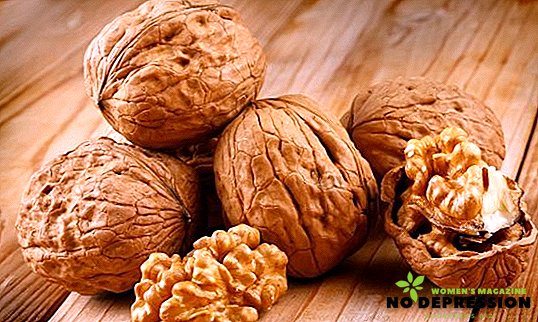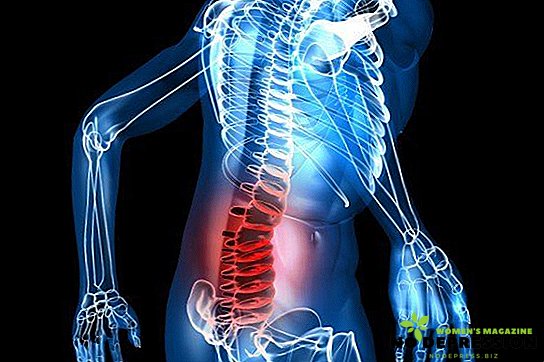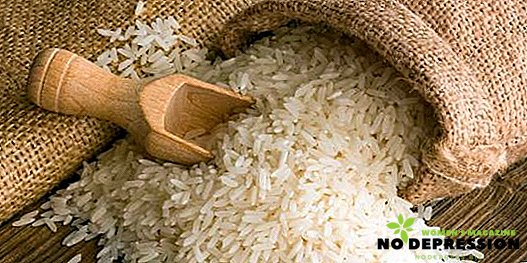How many grams of dry yeast are in a teaspoon? Every housewife faced with this issue, is not it? What to do if the recipe says "you need 2 grams of dry yeast" and there is no scale in the kitchen?
Or what to do if, according to the recipe, you need to add 2 tablespoons of such a component, and the hostess is very curious how many grams of this substance can fit in 1 spoon (to make sure the recipe is correct) and what kind of a tablespoon did the authors have in mind of the usual or with a slide?
It depends on the correct consistency of the dough, more precisely on the correctly calculated proportions of ingredients, whether the dough will be tasty and airy.
The amount of dry yeast that fits in one spoon
So, in one teaspoon contains 3 or 5 grams of dry matter (without a slide and with a slide, respectively). In one tablespoon 8 and 15 grams.
If suddenly there is such a situation that there is no tablespoon at hand, and the recipe indicates the amount of ingredients in this unit of measure, the hostess can use a teaspoon - in one tablespoon of a product with a slide you can put 3 teaspoons with a slide. For a visual example, it is better to use a simple table with a convenient interpretation of the scales.

The ratio of live to dry yeast and vice versa
In addition to all of the above, recipes often indicate the amount of live yeast, that is, raw. Accordingly, if the mistress in the kitchen has only granulated powdered yeast, a logical question arises - how much dry product will be needed in order to be able to replace it with live, which is indicated in the recipe?
The answer is simple: 3 times less.
In order not to get confused in this information - when to divide by 3, and when to multiply, you should remember some information. To convert live yeast to dry, they are dried, which is quite logical. This means that during the drying process, excess moisture comes out. This means that the weight is significantly reduced. That is, the powder substance will be easier, in the literal and figurative sense of the word.

Cognitive information
Earlier, in times of food shortages on store shelves, thrifty housewives bought live yeast and dried them at home, since they have much more shelf life than live ones. And those same mistresses and brought all sorts of formulas and ratios empirically.
And this useful ingredient is called a living organism, which people "domesticated", using it in baking, brewing, winemaking and making dairy products. It perfectly helps with anemia and low-calorie diet, problem skin, diseases of the stomach and intestines.
And additional information on the topic - in the next video.












